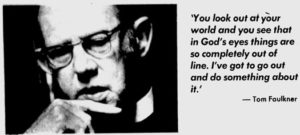St. George’s History comprises individual articles, documents and collections around the 300 year history of St. George’s Episcopal Church, located in Fredericksburg Virginia. This site is unrelated to St. George's main website.
Supplementing them are a category-based search, a content index and a timeline. We have two tour documents - a building summary and a 15 minute walking tour you can take in the church.
If this is your first visit, check out the 2 tours - building summary and a 15 minute walking tour.
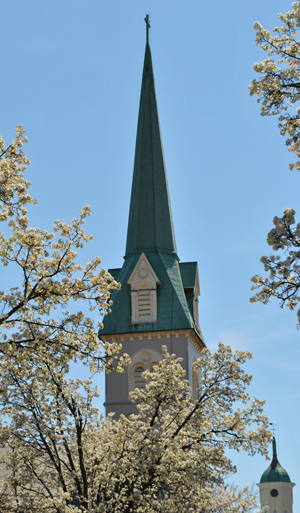
Recent articles
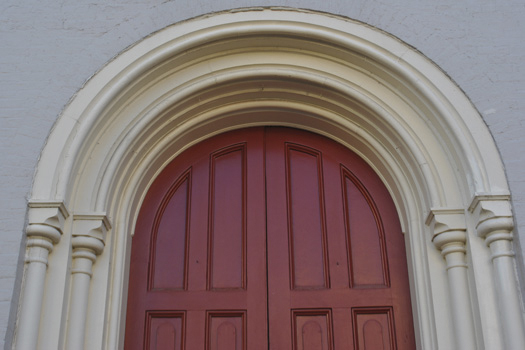
Music at St. George’s, Part 1, the Organs
Return to referring pageMusic was late in coming to the colonial church. Barbara Willis wrote in the “Three Churches of St. George’s that “In 1770, the church was repaired and a gallery erected in the new addition. In 1789, an addition was made to the south side of the Church “so as to form the … Read more

Phillips Brooks at St. George’s 1859
Return to referring page It is appropriate that when we re-hung the plaques after the renovation the Phillips Brooks plaque was moved from the back wall of the Church to the front next to the pulpit. From the time he preached at St. George’s in July, 1859 until his premature death in 1893 at … Read more

Reuben Thom (1782-1868)
Return to referring page There are two marble plaques inside the Church toward the front. One of the individuals is well-known – Rev. Edward McGuire who served the Church for 45 years from 1813-58. The other plaque on the right or south side of the Church honors a gentleman less well known – Reuben Thom. … Read more

A Sunday School Lesson on Rev. Edward McGuire – Trip Wiggins
Return to referring page Editor’s note – Trip Wiggins is St. George’s archivist Rev. Edward Charles McGuire. What do we know about him? Longest serving Rector of St. George’s (45+ years) Only Rector buried in our churchyard McGuire Hall named after him We have a nice portrait of him and his wife in McGuire Hall … Read more

Bazil Gordon (1768-1847), benefactor of the 2nd Church
Return to referring page Bazil Gordon is known for supporting the 2nd church throught the gift of the font (still used today) and for purchasing a pew. He was not only a prosperous merchant in Falmouth in the import export trade, but has said to be the first millionaire in America by the time he … Read more

The Pews, Part 1
Return to referring page Pews emerged at the time of the Protestant Reformation. Most early churches were built around a dome or central area where priests or preachers would preach, while the congregation stood around. The rise of the pulpit as the focal point of the church with the sermon as a central act of … Read more

The Pews, Part 2
Return to referring page Design and Changes St. George’s Pews are boxed pews, encased in paneling as opposed to the open pews. It is likely that this was a holdover from the first St. George’s in the 1730’s. Box pews provided privacy and allowed the family to sit together. Pews were originally purchased from the … Read more

The Pews, Part 4
Return to referring page So far we have talked about the pews as objects and pews financing the Church. Now we move to actually looking as those who occupied the space. The pew documentation provides a unique view into the generations that attended St. George’s. Those who paid for the right to sit in a … Read more

The Pews, Part 5
Return to referring page Another 14 families of St. George’s occupied the pews for 3 of the 4 periods. 10 of the 14 are actually behind the seats occupied by the first Generation. This is the second level of famlies by price paid and longetivity. The average pew price was $291 which was below that … Read more

The Pews, Part 6
Return to referring page In this final installment of this series we will look at a couple of “pew controversies” and the memorials that are attached to a number of the pews. All was not harmonious in the pews. Pews were objects to be bought and were taxed. It was inevitable that controversies arose. In … Read more
1. Carrol Quenzel's History of St. George's
Quenzel's 1951 history is still the standard for the church. He was a librarian for Mary Washington College as well as being active at St. George's, helping to create the St. Georgian newsletter as well as a part of the Vestry. We have the entire book online which was published by St. George's
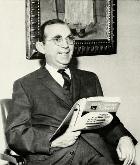
2. The Three Churches of St. George's - Barbara Willis
Barbara Willis was a local historian and writer and long time St. Georgian with her husband Mac. This paper is a detailed summary of the evolution of St. George's church from its wooden colonial church to the impressive 1849 brick building we have today.
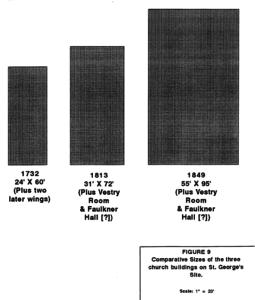
The Civil War may be the most popular historic topic in all of our history. The church served in 3 capacities - as a fortress, center of revival and as a hospital. We have a 9 part series on our role and relationship to Fredericksburg.

McGuire served all 3 churches over the course of 45 years. He is probably the most influential of all our rectors in all phases of ministry from preaching, teaching, and outreach. Trip Wiggins, our archivist, wrote this for a Sunday school class and has been teaching classes for years
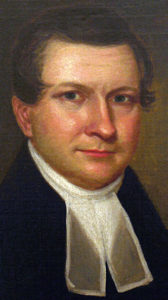
5. Charles Syndor on Social Policy
Charles Sydnor served St. George's from 1972-2003 and was responsible for furthering Thomas Faulkner's outreach ministries and creating new ones. This paper he wrote in 2009 was for an adult forum in that year.
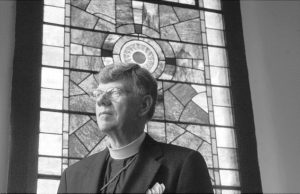
6. Tom Faulkner confronts the Vestry on race
Faulkner served St. George's for 30 years from 1946-1976. During these years racial policies were paramount, especially 1954, in the year of Brown vs. Board of Education, Faulkner was challenged by the Vestry on the role of Blacks in our service. He was able to move St. George's toward racial justice that other rectors would further
